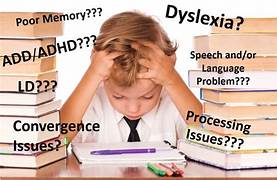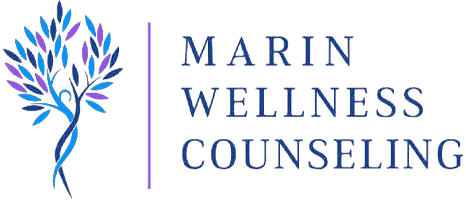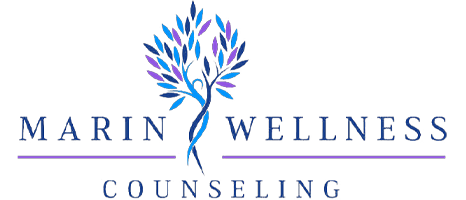Does My Child Have Dyslexia? Understanding the Signs and Finding Support

As parents, we eagerly watch our children develop, celebrating each new skill they acquire. When it comes to learning to read and write, we expect a natural progression, perhaps with a few bumps along the way. But what if your child is struggling significantly, despite your best efforts and what seems like strong intelligence in other areas? If you’ve found yourself wondering, “Does my child have dyslexia?”, you’re tapping into a very real concern that many parents share.
Dyslexia is a specific learning disability that is neurobiological in origin. It’s characterized by difficulties with accurate and/or fluent word recognition and by poor spelling and decoding abilities. These difficulties typically result from a deficit in the phonological component of language that is often unexpected in relation to other cognitive abilities and the provision of effective classroom instruction. Simply put, it’s a difference in how the brain processes language, not a reflection of intelligence or effort. Many highly intelligent and creative individuals have dyslexia.
Beyond “Just Being Slow”: Signs to Look For
It’s common for children to have some difficulty with reading and spelling as they learn. However, with dyslexia, these struggles are more persistent, pronounced, and don’t typically improve with conventional teaching methods. The signs can vary by age, but here are some common indicators to watch for:
Preschool & Kindergarten (Early Signs):
- Difficulty learning and remembering the alphabet: Trouble recalling letter names or recognizing them.
- Trouble recognizing rhyming patterns: Such as “cat,” “hat,” “mat.”
- Difficulty with phonological awareness: Struggling to identify or manipulate sounds in words (e.g., what sound does “ball” start with? What’s “cat” without the /c/ sound?).
- Trouble recognizing their own name in print.
- Difficulty learning nursery rhymes or simple songs.
- Persistent “baby talk” or mispronunciations.
Elementary School (Most Common Time for Identification):
- Significant difficulty learning to read: Much slower than peers, even with extra help.
- Problems with decoding words: Struggling to sound out unfamiliar words, or making wild guesses.
- Reading slowly and effortfully: Reading might be choppy, hesitant, and lack fluency, even when they know the words.
- Poor reading comprehension: Because so much energy is spent on decoding, they may not understand what they’ve read.
- Persistent spelling errors: Many unusual or inconsistent misspellings (e.g., spelling the same word differently in the same paragraph).
- Difficulty with phonics: Connecting letters to their sounds.
- Confusing similar-looking letters or numbers: Such as “b” and “d,” “p” and “q,” or “6” and “9.” (Note: this is often overemphasized as a primary sign, and is not always present).
- Avoiding reading aloud: Due to embarrassment or frustration.
- Difficulty putting thoughts on paper: Even if they can express them verbally.
- Trouble with sight words: Words that are frequently encountered but can’t be sounded out phonetically (e.g., “the,” “said,” “where”).
Beyond Academics (Associated Challenges):
- Frustration and low self-esteem: Due to struggles in school.
- Strong oral language skills but poor written skills.
- Difficulty with directionality: Left/right confusion.
- Trouble with memory for sequences: Like days of the week, months of the year, or multiplication tables.
When to Seek Professional Guidance
If you’ve observed several of these signs consistently, and your child’s reading and writing difficulties are significantly impacting their academic progress or self-esteem, it’s important to speak with their teacher and your pediatrician.
The process of identifying dyslexia usually involves:
- Discussion with the teacher: To understand your child’s performance and strategies used in the classroom.
- Hearing and vision checks: To rule out any sensory issues affecting learning.
- A comprehensive educational and psychological evaluation: This is typically conducted by a school psychologist or a private educational psychologist. The evaluation will assess:
- Phonological processing skills: How sounds are manipulated.
- Word recognition and decoding skills.
- Reading fluency and comprehension.
- Spelling and writing abilities.
- Cognitive abilities: To show that the reading difficulty is unexpected given the child’s general intelligence.
What Comes Next? Support and Strategies
If your child receives a dyslexia diagnosis, it’s natural to feel a mix of emotions. However, it’s also a crucial step toward understanding your child’s learning profile and getting them the specialized support they need. Dyslexia is not a condition that “goes away,” but with appropriate interventions, individuals with dyslexia can become successful readers and learners.
Effective interventions for dyslexia often include:
- Explicit, systematic, multi-sensory phonics instruction: Programs like Orton-Gillingham, Wilson Reading System, or Fundations are specifically designed to teach reading and spelling in a structured, multi-sensory way.
- Accommodations in school: Such as extended time on tests, audiobooks, assistive technology (text-to-speech software), and note-taking support.
- Building a strong vocabulary and background knowledge: To support reading comprehension.
- Emotional support: Helping your child understand dyslexia and build self-esteem.
- Parental advocacy: Working closely with the school to ensure your child receives appropriate services.
You Are Your Child’s Best Advocate
If you’re asking, “Does my child have dyslexia?”, trust your parental instincts. Early identification and targeted intervention are incredibly important for children with dyslexia. With the right support, they can overcome reading challenges, thrive academically, and discover their many talents and strengths. Your proactive approach in seeking answers is a powerful step in helping your child unlock their full potential.

